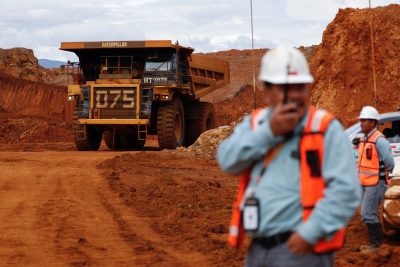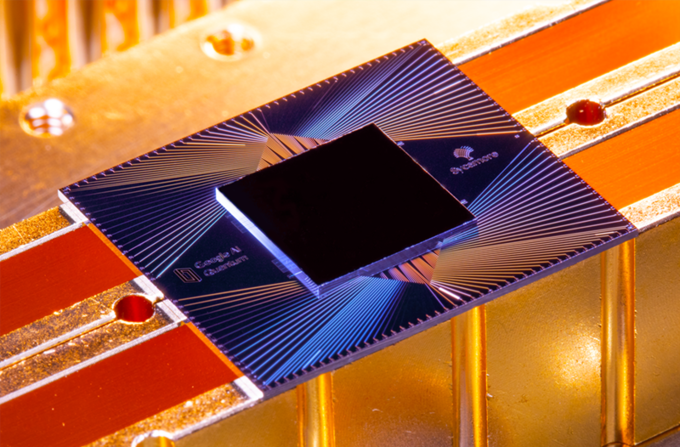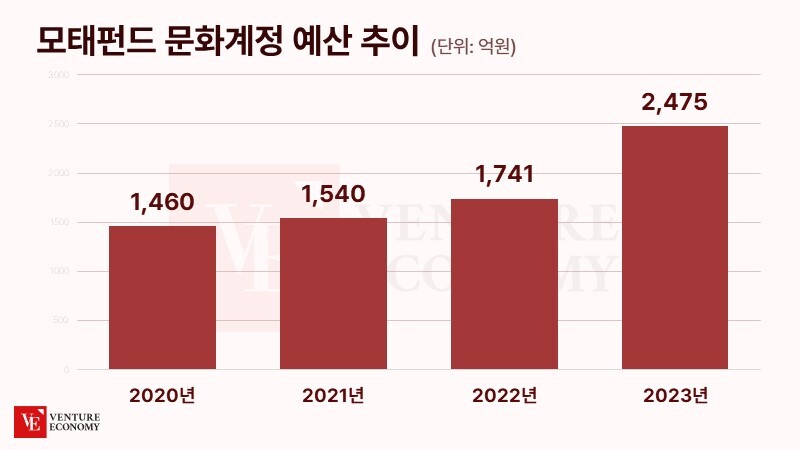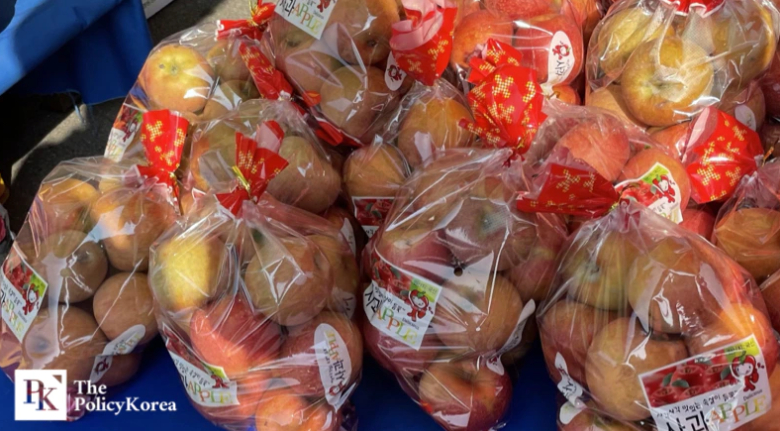[동아시아포럼] 호주-인도네시아 자원 동맹, 구축과 성공의 과제는
‘하얀 석유’ 니켈, 리튬, 코발트 가치 급등, 확보 경쟁 치열 특정 국가에 집중 매장된 자원, 중국이 반독점 중 중국에 대항하는 호주, 인도네시아 자원 동맹 향방은?
[동아시아포럼]은 EAST ASIA FORUM에서 전하는 동아시아 정책 동향을 담았습니다. EAST ASIA FORUM은 오스트레일리아 국립대학교(Australia National University) 크로퍼드 공공정책대학(Crawford School of Public Policy) 산하의 공공정책과 관련된 정치, 경제, 비즈니스, 법률, 안보, 국제관계에 대한 연구·분석 플랫폼입니다. 저희 폴리시코리아(The Policy Korea)와 영어 원문 공개 조건으로 콘텐츠 제휴가 진행 중입니다.
전기자동차 시장의 급성장에 따라 핵심부품인 이차전지의 주요 광물인 니켈, 리튬, 코발트의 수요가 증가하고 있는 가운데, 이차전지(대체 배터리)가 향후 글로벌 탈탄소화를 이끌 주요 기술로 꼽히고 있다. 세계 각국은 친환경 산업 육성을 위해 이차전지 핵심 광물 확보에 사력을 기울이고 있다.

이차전지 핵심 자원 광물 가치 상승, 중국은 벌써 독점
전문가들은 석탄, 석유와 같은 에너지 자원이 국제 경제와 정세를 주도했던 것처럼 이차전지 원료 광물이 글로벌 경제, 환경, 외교 등의 부문에 큰 영향을 끼칠 것으로 예측한다. 이차전지, 전기자동차와 같은 저탄소 산업 상용화는 유엔기후변화협약 등 강제성이 있는 국제 협약에 따라 국가의 지속 가능한 산업 성장에 큰 영향력을 끼치기 때문이다. 이와 같은 이유로 리튬, 니켈, 코발트는 ‘하얀 석유’라는 명칭이 붙을 정도로 가치가 치솟고 있다.
이차전지 생산에 필요한 핵심 광물이 탄소 경쟁의 주요 자원으로 떠오름에 따라 해당 자원에 대한 국가 간 확보 경쟁도 심화하는 양상이다. 전문가들은 자원이 특정 국가에서 집중 생산된다는 점이 자원 확보 경쟁을 심화시킨 요인 중 하나라고 설명한다. 실제로 인도네시아는 전 세계 니켈 생산량의 37%를 차지하고 있으며, 리튬은 호주에서 55%, 코발트는 콩고민주공화국에서 70%의 물량을 생산 중이다.
자원 확보 경쟁이 심화한 또 다른 요인은 해당 자원의 생산과 유통 시장을 중국이 반독점하고 있다는 사실이다. 중국은 탄소 경쟁의 승패를 결정할 수 있는 리튬, 니켈, 코발트를 확보하는 데 국가적 차원의 노력을 기울이고 있다. 미국과 유럽, 그리고 일부 동아시아 국가들이 첨단 기술 분야의 우위 확보를 위한 기술 동맹을 구축하는 동안, 중국은 일대일로(Belt and Road Initiative, BRI) 사업으로 주요 광물 점유율 확대에 수십억 달러를 투자했다. 스위스 다국적투자은행 UBS가 발표한 자료에 따르면 2025년까지 중국은 세계 리튬 공급량의 35% 이상을 소유할 것으로 전망된다.
현재 중국은 자국에서 생산되는 광물 자원뿐만 아니라 전 세계 주요 국가에서 생산되는 광물 자원 소유권 및 유통권을 직접 통제함으로써 핵심 광물 자원에 대한 지배적인 위치를 점유하고 있다. 또한 이차전지 핵심 광물을 산업용 원료로 가공하는 기술을 보유함으로써 광물 시장에 대한 영향력을 키우고 있다. 올해 상반기 기준 중국은 전 세계에 유통되는 리튬 58%, 코발트 67%, 니켈 35%의 물량을 산업용 화학 물질로 직접 가공하고 있는 것으로 알려졌다.
중국 독점 대응할 자원 동맹, 가능할까
국제 정치 전문가들은 지정학적 관점에서 중국이 주도하는 친환경 산업 기술 선도는 글로벌 에너지 안보에 대한 위협이 될 수 있다고 말한다. 실제로 중국의 광물 시장 영향력 확대는 미국 정계에서 주요 정책 과제로도 논의된 바 있다. 미국의 한 정계 관계자는 중국의 광물 시장 반독점 체제는 글로벌 공급망을 혼란에 빠뜨리고 파리 협정이 정한 탄소 감축에 노력하고 있는 전 세계 국가들의 노력을 잠재적으로 방해할 수 있다고 지적하기도 했다.
한편 중국의 동맹국으로 평가받는 이란에서 지난 3월 세계 2위 규모의 리튬 광산이 발견되면서 중국의 광물 시장 점유율은 더욱 확대될 것으로 예상된다. 이에 중국 세력 확장을 견제하는 국가들은 일종의 광물 동맹 체결을 고려 중인 것으로 알려졌다. 특히 전 세계 니켈 생산량의 37%를 차지하는 인도네시아와 리튬 생산량의 55%를 차지한 호주는 지정학적으로 전략적 자원 제휴에 용이하고 상호 보완적인 자원을 보유 중인 만큼 광물 파트너십 체결의 주요 후보국으로 지목된다.
이에 국제 정치 전문가들은 호주·인도네시아의 자원 동맹 체결은 글로벌 배터리 공급망에서 호주의 점유율을 확대시키고, 인도네시아 지역을 전기차 생산 및 이차전지 허브로 구축하는 등 미국이 주도하는 광물 안보 파트너십에 부합하는 전략적 영향력을 창출할 것으로 기대한다. 덧붙여 기후 변화에 대응하는 서방 국가들의 탈탄소 전략에 도움을 줄 수 있고 과도한 중국의 점유율 확대를 방어할 수 있을 것이라 관측했다.
호주-인도네시아 동맹 구축, 과제도 많아
일각에선 호주·인도네시아의 자원 동맹이 성공하기 위해선 동맹 약정 기간, 광물 생산에 따른 규제와 환경 문제, 가공 인프라 발전 등 다양한 과제를 극복해야 한다는 지적도 나온다. 현재 글로벌 광물 시장에서 위 과제를 모두 극복하고 완전한 공급망을 구축한 국가는 중국뿐이다. 업계 전문가들은 호주와 인도네시아 양국 모두 광물 정제 및 폐기물 관리 등 산업용 원료 가공에 필요한 핵심 기술이 부족하다고 입을 모은다. 해당 기술을 발전시키기 위해선 인프라와 제조 시설에 대한 높은 투자 비용과 환경 비용이 필요하기 때문에 상당한 규모의 투자가 필요한 상황이다.
이차전지 산업의 불확실한 기술 궤적도 광물 권력을 둘러싼 지정학 구조에 영향을 끼치고 있다. 현재 이차전지 업계는 핵심 원료에 대한 공급 리스크를 완화하기 위한 목적으로 상대적으로 희귀한 니켈, 코발트를 대체할 수 있는 기술 개발에 집중하고 있다. 업계 관계자에 따르면 중국 소재의 주요 배터리 제조 기업은 니켈과 코발트가 필요 없는 리튬-인산철(LFP) 배터리 성능을 향상하는 중이다. LFP 배터리는 니켈-망간-코발트(NMC) 배터리에 비해 제조 단가는 비싸지만, 전력 저장밀도가 높고 고온에 강하다는 장점이 있다. LFP 배터리의 중국 내수 시장 점유율은 2020년 38%에서 올해 상반기 66%로 증가한 바 있다. 이같은 LFP 배터리의 확산은 니켈과 코발트를 생산하는 국가의 광물 시장 영향력을 약화할 수 있다. 예컨대 니켈 주요 생산국인 인도네시아는 광물 수출 시장에서 큰 타격을 받게 될 수도 있다.
국제 정치 전문가들은 호주-인도네시아의 자원 동맹이 호주와 중국 간의 교류 관계를 악화시킬 수 있다고 지적한다. 이미 호주는 중국의 일대일로 사업에 반기를 들어 중국과 외교 악화를 겪은 바 있다. 최근 중국과 관계를 회복하기 시작한 호주 입장에서 중국의 광물 시장 영향력 확장에 대응하는 자원 동맹 결성은 다소 부담스러울 수 있다는 설명이다.
정치적 갈등 초월한 통합적 교류 필요해
일부 전문가들은 중국이 이차전지 기술을 반면에 중국이 배터리 기술을 선도하는 것은 전 지구적 탈탄소화를 촉진하는 데 있어 글로벌 자산이 될 수 있다는 의견을 제시한다. 세계의 공장이라 불리는 중국의 대규모 공급망 구축은 공급 확대로 이어져 전 세계적으로 친환경 에너지에 대한 다양성을 높일 수 있고 공급 인프라의 유지, 보수 능력을 강화할 수 있다는 설명이다. 또 다른 정치 전문가들은 중국이란 특정 국가가 이차전지 산업을 독점하게 되면 전 지구적 탈탄소화 목표를 위협하는 비통합적 무기로 발전할 수 있다는 의견으로 중국의 독점화 현상을 우려 중이다.
호주-인도네시아 자원 동맹의 성공을 위해선 중국을 포함한 기술 선도 국가들을 핵심 파트너로 참여시키는 것이 무엇보다 중요하다. 개방적이고 구조적인 무역과 투자 관계는 이념과 권력을 넘어 통합적 차원의 기후 변화 대응에 있어 중추적인 역할을 하기 때문이다. 이를 달성하기 위해선 정치적 갈등을 초월해 탈탄소화에 대한 공동의 목표로 협력적 동맹 관계를 구축하는 것이 필요하다.
Australia and Indonesia should better their battery cooperation
Lithium-ion batteries, composed of minerals including lithium, nickel and cobalt, have the potential to be game-changers in decarbonisation. But their efficacy is contingent upon several factors, such as China’s predominant role in minerals processing and downstream applications, supply chain complexities and future technologies related to battery minerals supply chains. The stakes in this endeavour are high.

The bulk of reserves of these minerals are concentrated in a few nations. Indonesia accounts for 37 per cent of the world’s nickel production, Australia for 55 per cent of lithium and the Democratic Republic of the Congo for 70 per cent of cobalt.
But China holds a dominant position in the processing of these vital minerals, not only within its own borders but also through the ownership or control of critical mineral resources globally. Specifically, it oversees the refinement of 58 per cent of the world’s lithium, 67 per cent of cobalt and 35 per cent of nickel into battery-grade chemicals for cathodes.
The geographic concentration of production and processing of battery minerals, particularly China’s predominance in the processing capacity, adds volatility to geopolitics, in which energy security has always been a paramount concern. Just as coal and oil defined past eras, battery minerals are defining the current era, shaping economic, environmental and diplomatic policies globally.
The recent discovery of vast lithium reserves in Iran shows how quickly the geopolitics of critical minerals can change. This development elevates the stakes for a potential strategic alliance between Australia and Indonesia in building an alternative supply chain for battery minerals. Geographically proximate and with their complementary resources, these nations are well positioned to forge a beneficial partnership.
Such an alliance could serve three strategic purposes — advancing Australia’s ambitions to ascend in the global battery supply chain, building Indonesia as an EV and battery hub, and supporting the US-led Mineral Security Partnership. The pressing questions that emerge are whether this partnership can effectively mitigate the urgent challenges posed by climate change and positively affect recovering relations between Australia and China.
There are many hurdles to overcome for such an alliance to succeed, including long setup times, regulatory and environmental issues and investment needed for capabilities and infrastructures. Currently, only China has managed to establish a complete supply chain to overcome all these hurdles.
An uncertain technological trajectory has added another dimension to the complexity of minerals geopolitics. To mitigate environmental and supply risks, the industry is exploring alternatives to nickel and cobalt, two relatively rare elements in battery minerals. Top Chinese battery manufacturers are developing lithium iron phosphate (LFP) batteries that eliminate the need for cobalt and nickel.
Compared to nickel-manganese-cobalt (NMC) batteries, which have higher energy density but are more expensive and less tolerant of higher temperatures, LFP batteries have seen improvements in energy density and are increasingly used in EVs. Their market share in China grew from 38 per cent in 2020 to 66 per cent in the first half of 2023. This shift not only alleviates security concerns over cobalt and nickel but also diminishes the geopolitical leverage of countries rich in these minerals.
Battery minerals, including nickel and cobalt, are commodities whose value is determined by the dynamics of supply and demand. While resource depletion is not an immediate concern, there is a perceived scarcity. This scarcity stems more from a race to stockpile reserves as a strategy to minimise geopolitical and supply chain risks, rather than an actual shortage.
From a geopolitical standpoint, China’s lead in clean energy technology is perceived as a challenge to the global energy security. This viewpoint has caused concern among US policymakers. Geopolitical tensions and distrust among nations with different ideological values are exacerbating a race to secure these materials. This race could disrupt the global supply chain and potentially hinder global efforts to meet the carbon reduction targets set by the Paris Agreement.
In this context, a prospective alliance between Australia and Indonesia holds special appeal for the United States. Given the uncertain future of battery technology, the proposed alliance also raises substantial concerns. Both Australia and Indonesia lack the key technologies necessary for minerals refinement, waste management and battery manufacturing. In addition to considerable investments in infrastructure and manufacturing facilities and high environmental costs, the alliance raises more questions than solutions concerning its efficacy in addressing pressing climate change issues without China’s involvement.
Initiating such an alliance could also potentially strain the recuperating relations between Australia and China. This is largely due to China’s extensive investments in the mineral processing industries of both Australia and Indonesia, coupled with its strong desire to maintain its established position.
China’s lead in battery technology, on the other hand, could be a global asset in facilitating decarbonisation. Contrary to common belief, China’s lead in the battery supply chain is more a result of private-sector innovation than state-backed investment. Leading companies like Ganfeng, Tianqi, CATL and BYD are non-state enterprises and have thrived in intense domestic competition.
While establishing an alternative battery supply chain would enhance diversity and strengthen the resilience of the existing supply infrastructure, there is a risk that such initiatives might be weaponised in a way that could destabilise the unified global approach to decarbonisation.
To promote a successful alliance between Australia and Indonesia in creating an alternative battery supply chain, it is crucial to involve all tech-forward nations, including China, as key players. Open global trade and investment stand as pivotal strategies in the fight against climate change. But achieving this requires transcending prevailing political and ideological differences to foster cooperative alliances, rather than pursuing partnerships based strictly on like-mindedness.
원문의 저자는 시드니공과대학교(University of Technology Sydney) 호주-중국 관계 연구소의 마리나 유에 장(Marina Yue Zhang) 부교수입니다.



























